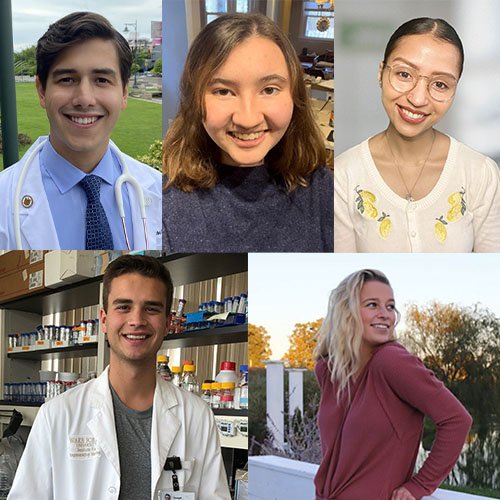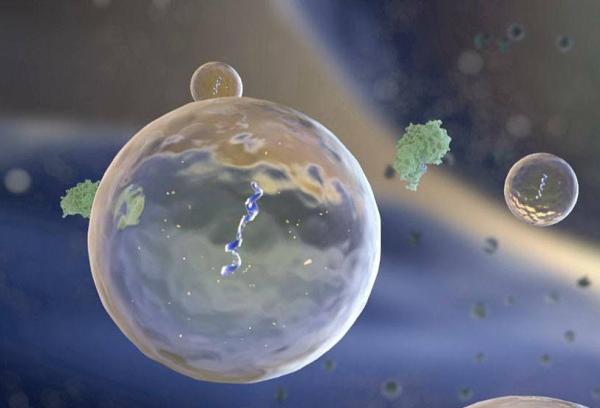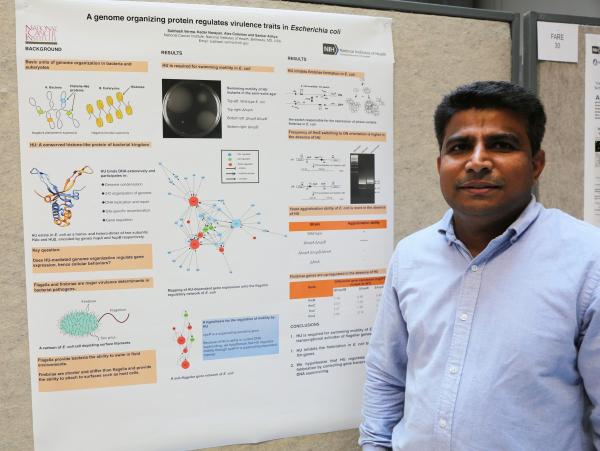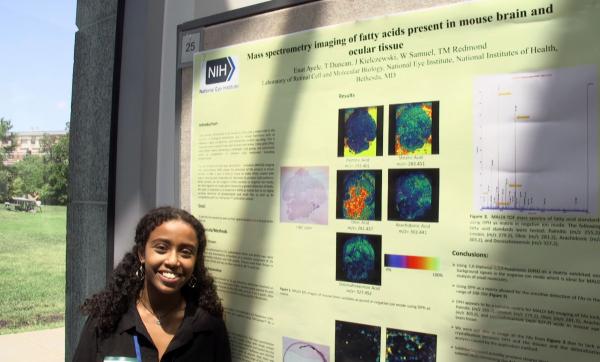Poster Sessions Celebrate Summer Science
Annual Event Brandishes the Next Generation of Clinicians and Scientists
A year after hundreds of high school, undergraduate, and graduate students were only able to participate from afar in NIH’s 2021 Summer Internship Program, IRP researchers were excited to welcome some of the program’s 2022 participants to campus. Regardless of whether they were working in the lab or remotely, these budding scientists received a full-time immersion into the world of IRP science and, surely, learned a great deal from the mentorship of NIH’s many world-renowned researchers.
To celebrate the interns’ hard work, NIH’s Summer Poster Days on August 3 and 4 gave more than 600 of them the opportunity to virtually present posters explaining their projects. With so many bright young men and women displaying the fruits of their scientific labors, it was difficult to select just a handful to highlight in this blog. Read on to learn about how five of NIH’s 2022 summer interns shed light on topics from the microbes living on our skin to the blood-clotting platelets that flow through our veins.










